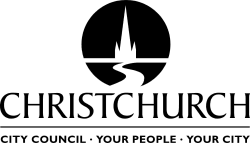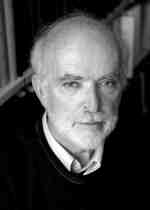
|
Conferences:
2023
| 2022 | 2021
| 2020 | 2019 | 2018
| 2017 | 2016
| 2015 | 2014
| 2013 | 2012
| 2011 | 2010 | 2009
| 2008 | 2007
| 2006
| 2005
| 2004 | 2003
| 2002
| 2001 | 2000
| 1999
|
|
Symposium Programme
|
Download
Registration Brochure ![]()
Download
Programme and Abstracts ![]()
Symposium was sponsored by:
|
 |
|
 |
|
 |
|
 |
|
 |
There were other activities at the symposium venue:
RNZIH
NZ Gardens Trust Conference
'Blown Away by Gardens'
Date: 9-11 May
2008
Place:
Duxton Hotel, Wellington
The fifth NZGT conference was an exciting programme of garden visiting combined with informative lectures by world-renowned designer Vladimir Sittar from Australia, Beverley McConnell of "Ayrlies Garden", Jack Hobbs of Auckland Botanic Gardens, and others. These are always conferences to remember!
Note: Registration for the NZ Gardens Trust Conference was separate to the Heritage Trees - Our Future Heritage Symposium. For further details contact Liz Morrow: morrowl@rnzih.org.nz or visit www.gardens.org.nz
RNZIH AGM
Date: Friday,
9 May 2008
Time: 5.30pm
Place: Duxton Hotel, Wellington
2008 BANKS MEMORIAL LECTURE (a free lecture open to the public)
"The greatest service which can be rendered any country..."
Date: Friday,
9 May 2008
Time: 6.30-7.30pm
Place: Duxton Hotel, Wellington
By Ross Ferguson
 Sir
Joseph Banks is best known in New Zealand as the botanist who accompanied
Cook on his first great voyage in the Endeavour. Banks, however,
was only a young man when he came to New Zealand and his botanical
explorations, although interesting to us, represent a relatively
small part of his scientific career. When Banks returned to Britain,
his wealth, his friendship with George III and his role as President
of the Royal Society of London meant that for nearly 40 years he
was the British Government's chief scientific adviser. Banks was
particularly interested in the practical application of science
and as a large landowner, especially enthusiastic in promoting agricultural
improvement. Some of his efforts to bring new crops to the British
colonies was described. Some of the social and historical consequences
of plant introduction was then considered in more detail. The lecture
was illustrated by copies of many early prints and paintings.
Sir
Joseph Banks is best known in New Zealand as the botanist who accompanied
Cook on his first great voyage in the Endeavour. Banks, however,
was only a young man when he came to New Zealand and his botanical
explorations, although interesting to us, represent a relatively
small part of his scientific career. When Banks returned to Britain,
his wealth, his friendship with George III and his role as President
of the Royal Society of London meant that for nearly 40 years he
was the British Government's chief scientific adviser. Banks was
particularly interested in the practical application of science
and as a large landowner, especially enthusiastic in promoting agricultural
improvement. Some of his efforts to bring new crops to the British
colonies was described. Some of the social and historical consequences
of plant introduction was then considered in more detail. The lecture
was illustrated by copies of many early prints and paintings.
Read article based on this lecture
Home | Journal
| Newsletter | Conferences
Awards | Join
RNZIH | RNZIH Directory | Links
© 2000–2025 Royal New Zealand Institute of Horticulture
Last updated: August 8, 2010

 Symposium
2008
Symposium
2008